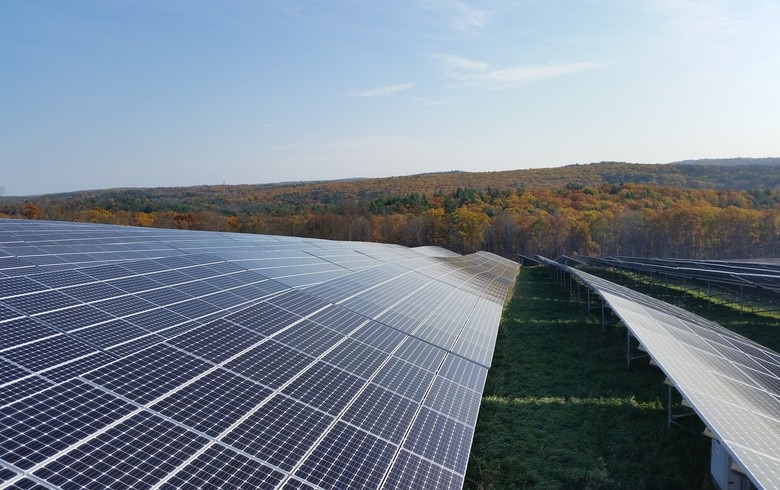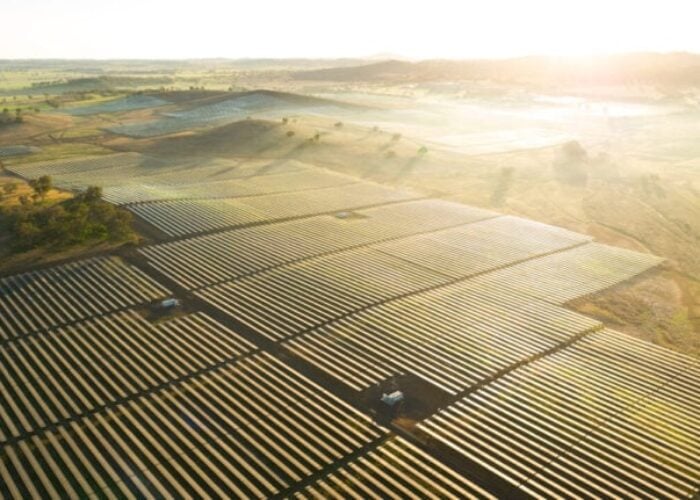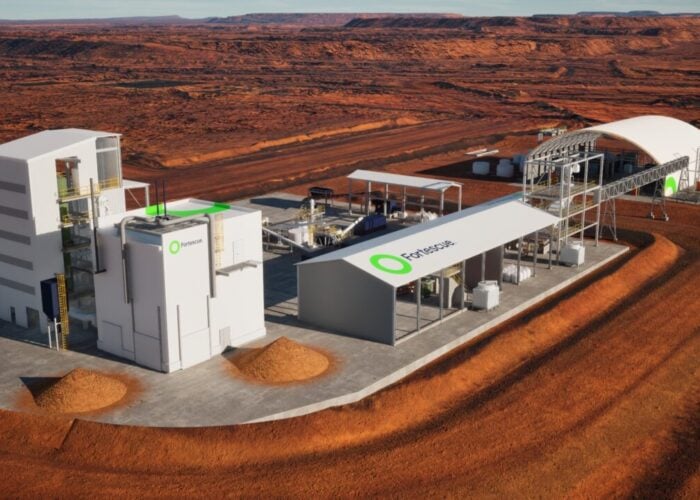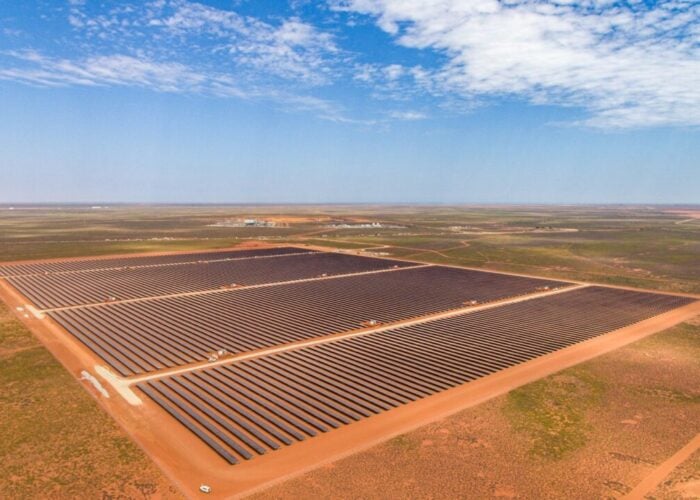
Hydrogen and artificial intelligence are set to play a “critical role” in supporting grid stability and scaling up green energy, new research from EY says.
The ability to convert excess green electricity into hydrogen is projected to be a “game-changer”, while AI algorithms – with their use within the 'internet of things', sensors and big data – can help stabilise central grids and increase dispatch efficiency, the consultancy said in its biannual EY Renewable Energy Country Attractiveness Index.
Unlock unlimited access for 12 whole months of distinctive global analysis
Photovoltaics International is now included.
- Regular insight and analysis of the industry’s biggest developments
- In-depth interviews with the industry’s leading figures
- Unlimited digital access to the PV Tech Power journal catalogue
- Unlimited digital access to the Photovoltaics International journal catalogue
- Access to more than 1,000 technical papers
- Discounts on Solar Media’s portfolio of events, in-person and virtual
COVID-19 lockdown measures early in 2020 resulted in the share of renewables used in the energy mix soaring globally because of depressed electricity demand, low operating costs and priority access to the grid through regulation, according to EY. Meanwhile, an economic recovery focused on green growth has led to a renewed thrust towards net zero targets.
Having leapfrogged China earlier in the year, US maintains its place at the top of the index, with EY noting support from COVID-19 stimulus packages designated to renewable energy projects and a commitment by President-elect Joe Biden to rejoin the Paris Climate Agreement.
China stays in second place, thanks in part to its buoyant solar sector. According to EY, panels sufficient for 59GW of capacity were manufactured in the country in the first five months of 2020, representing a 16% increase year-on-year, alongside forecasts of 35-45GW of new solar capacity to be installed this year.
With developers and investors driving growth in Australia’s renewables sector, the country reached its highest ever position in the index, rising to third. EY said that despite policy uncertainty – and issues with grid stability and price volatility – the future looks bright for Australia’s renewable energy industry, predicting that it “could be on its way to becoming a green energy exporting superpower”.
The index also sees India move from seventh position to fourth. EY says the country’s installed PV capacity has reached more than 35GW, while its economic attractiveness has led to record-low tariff bids.
Arnaud De Giovanni, EY global renewables leader, said the global recovery from the COVID-19 pandemic presents the energy industry with an opportunity for green and sustainable growth. “There will no doubt be challenges in the short term, but renewables are well equipped to seize the opportunity. Energy leaders must take the lead in a coordinated effort across industries and leverage technological innovations toward enabling this sustainable future.”







